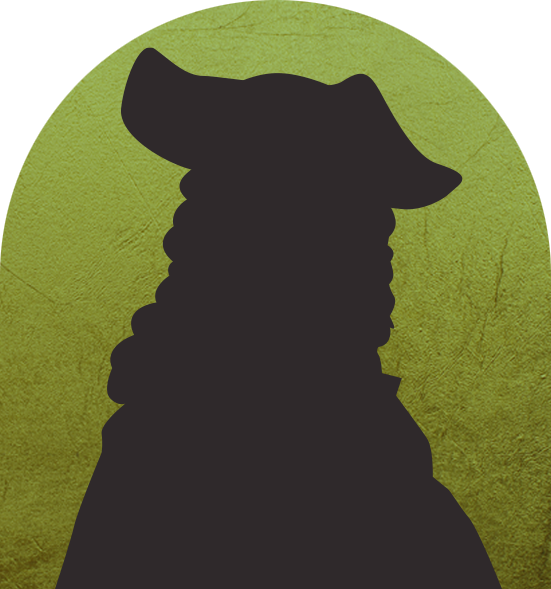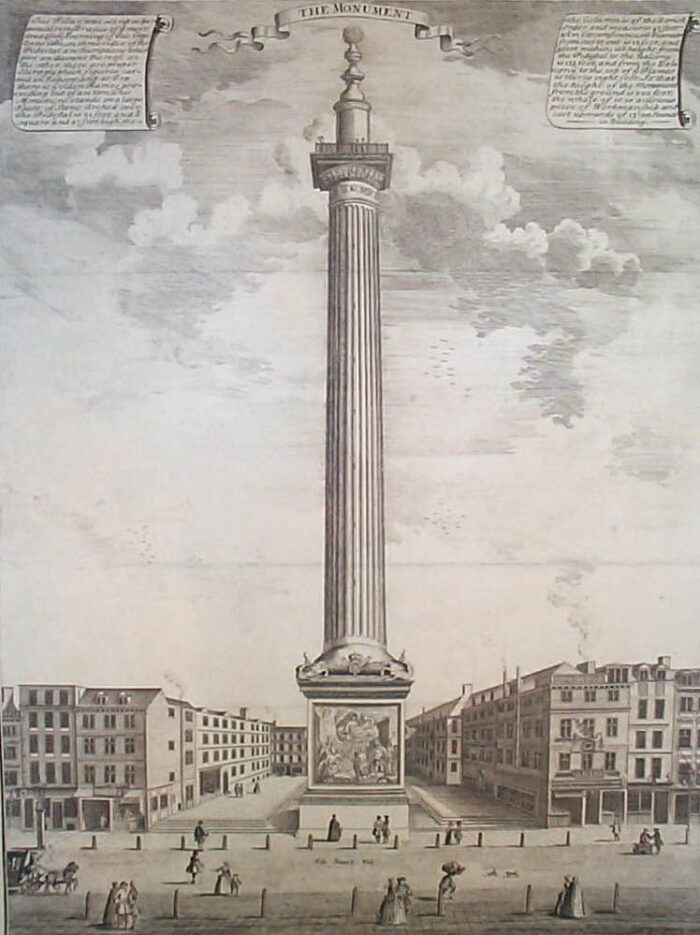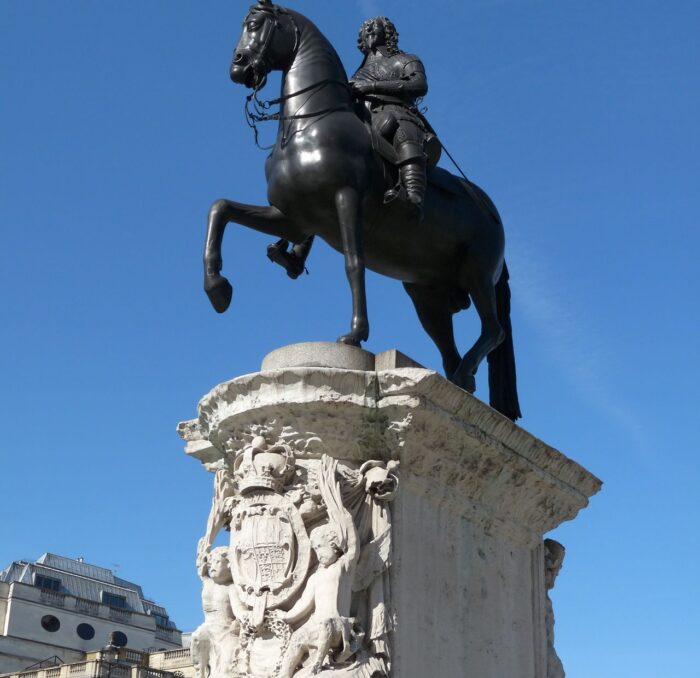St Bride
Read the stories of four that either survived or succumbed to the flames, and how they reemerged from the ruins.

St Bride
Joshua Marshall was a monumental sculptor and mason contractor. He was born in 1628, to Edward and Anne Marshall and was baptised on 24 June 1628 at St Martin in the Fields. In February 1668 he married Katherine, daughter of John George, citizen of London and it appears that they had five children. On Joshua’s death he left two surviving sons, Edward and John, and a daughter Anne who was born in 1673.
Anne married Richard Somers of the Inner Temple in 1698 and died in 1716.
Joshua died in April 1678 and was buried at St Dustan in the West, like his father. Upon his death Joshua left over £10,000 which put him among the richest men in London. His wife Katherine died in 1716.

The Monument to the Great Fire of London, Sutton Nicholls, c.1754
Joshua was admitted to the livery of the Worshipful Company of Masons in 1654/5. He assumed the position of Warden of the Company several times and was Master in 1670 and 1677.
He succeeded his father as Mason to the King in 1673 and was employed in the office of works from 1673 until his death in 1678. He worked at St Paul’s Cathedral, Temple Bar, the Monument, and at St Bride’s between 1671 to 1678. He also worked on five other City churches.
Joshua was one of the most successful masons of his time. Before the Great Fire he was a statuary mason like his father, employed in sculpting monuments, making tombs and elaborate chimneypieces, as well as supplying various sort of stone. As a tomb maker, he made the white marble sarcophagus designed by Sir Christopher Wren to house the bones of the Princes Edward and Richard – often known as the princes in the tower and thought to have been murdered by King Richard III.

Equestrian statue of Charles I with pedestal carved by Joshua Marshall, Charing Cross, London.
After the Fire Joshua shifted his activities to buildings and in the following decade he took contracts worth over £46,000. Some of his contracts included: the steeple of St Clement Danes in 1669-70 at £2,525; the Monument in New Fish Street Hill in 1671- 75 at £11,300; rebuilding the six City Churches for a total of £8,964; and the execution of the pedestal designed by Grinling Gibbons to hold the statue of Charles I at Charing Cross. For the ten years immediately prior to his death records value his work at a total of £46,000, including £10,500 for work at Windsor Castle.
Read the stories of four that either survived or succumbed to the flames, and how they reemerged from the ruins.
Keep up to date with the latest news ...